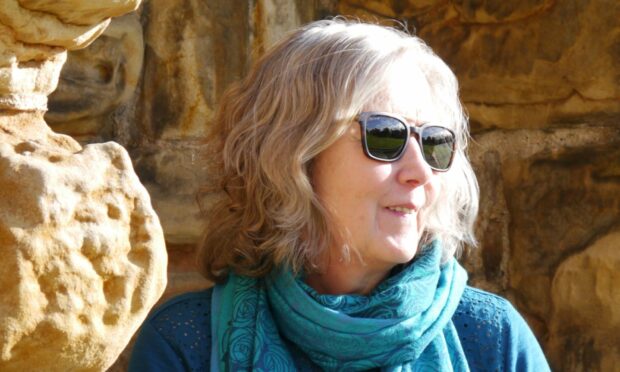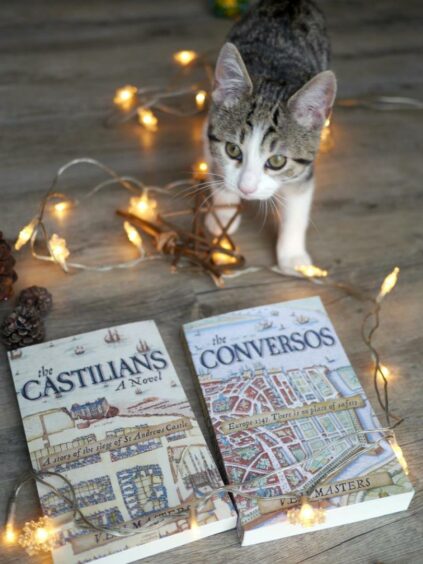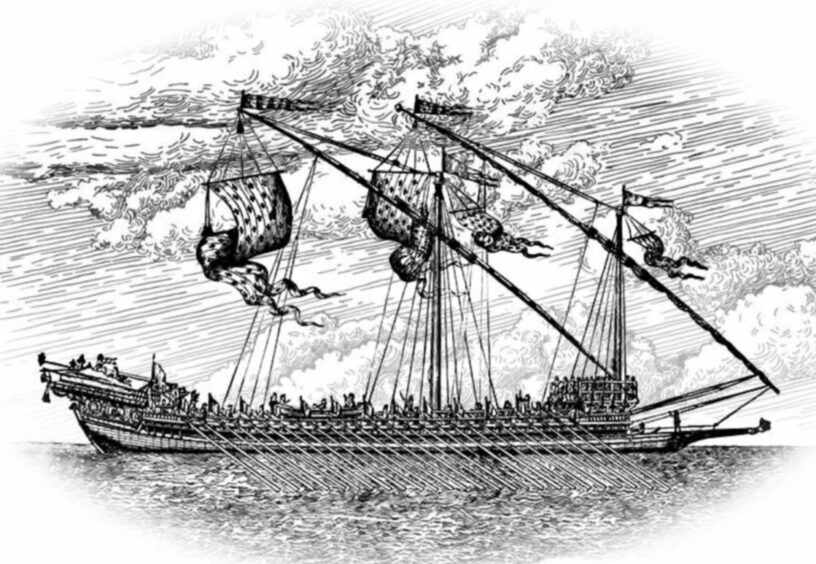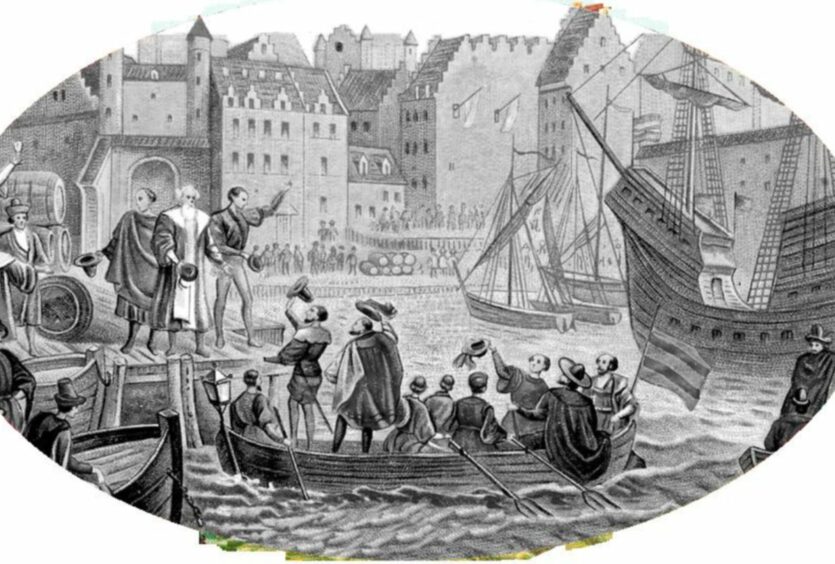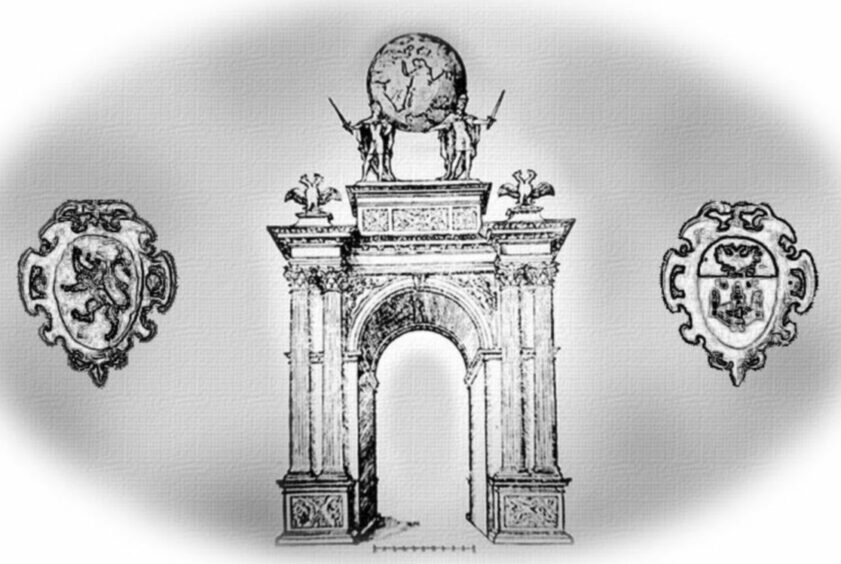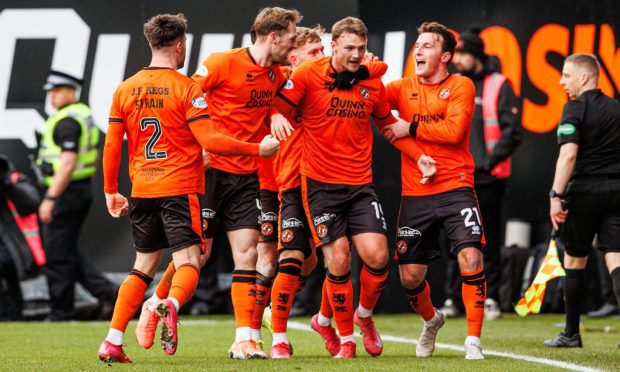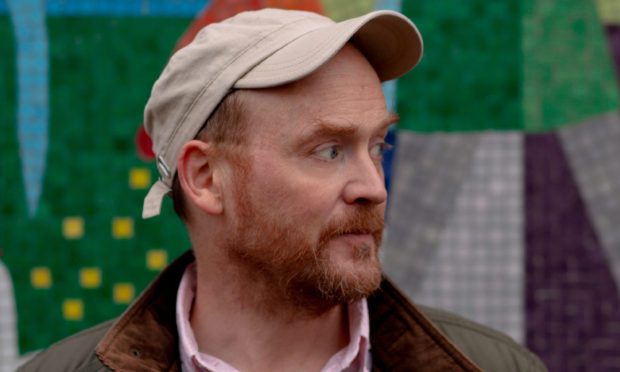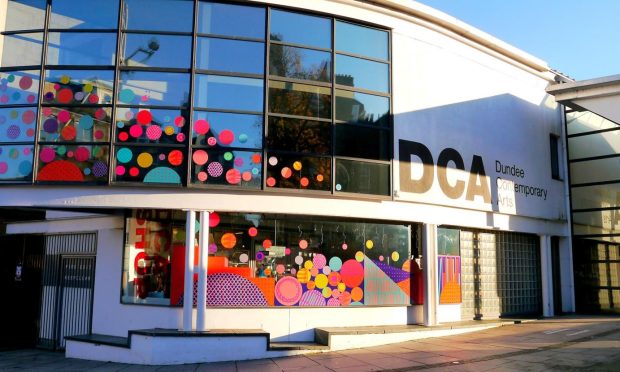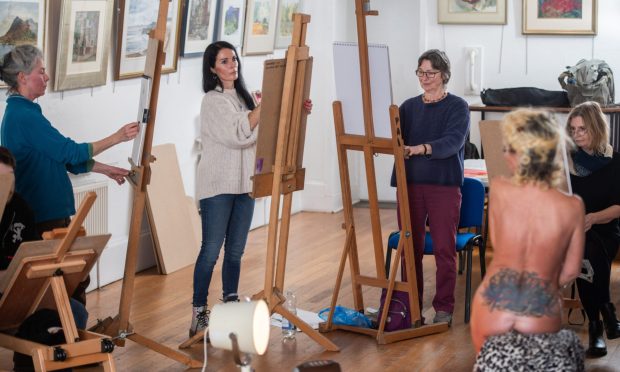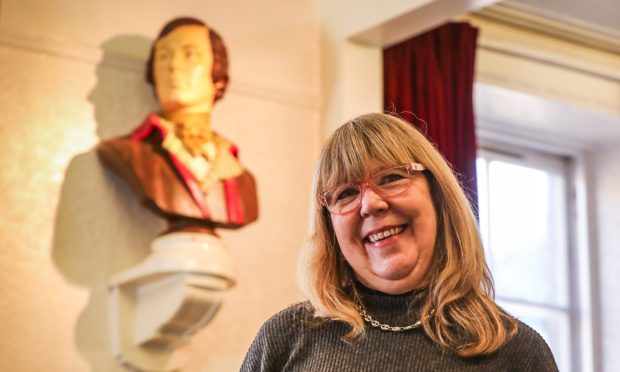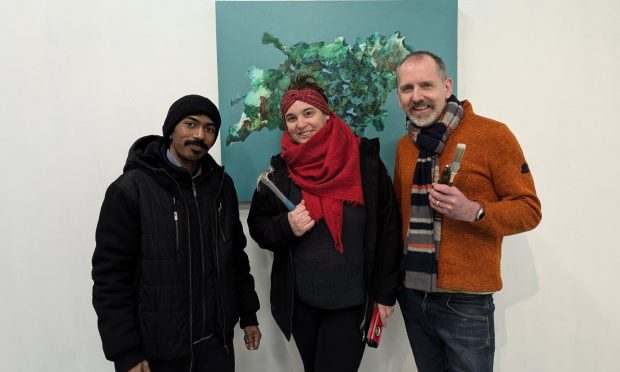Michael Alexander speaks to The Conversos author Vicki Masters about the inspirations for her historical fiction sequel.
When former Fife woman Vicki Masters wrote her debut novel, The Castilians, which closely followed the tumultuous historical events of the siege of St Andrews Castle and its dramatic re-taking in 1546, she had no intention of writing a second book.
When she got to the end of writing, however, she began to contemplate: “I wonder what does happen to Will on the galleys?
“I was curious to know what happened to Bethia and her pilgrim. A couple of people said to me – ‘where’s the next book? Where’s the sequel?’ But it was never my intention at the beginning to write a sequel at all.”
Unfinished business
The Conversos, which has just been released, picks up “virtually to the hour” where The Castilians finished off.
An engaging read, it provides a fascinating insight into the plight of Jewish converts in 16th century Antwerp.
Set in Europe in 1547, the rising tide of the Reformation threatens bloody revolution and the terror of the Inquisition grows, even for those who have converted.
Divided by faith, Bethia and her brother Will each desperately seek a place of refuge from the looming maelstrom.
But there is no safe haven – unless Will denies his beliefs and Bethia surrenders those she loves.
“Will’s been carted off as a galley slave by the French along with John Knox, and Bethia is going off with her pilgrim to Antwerp,” explains Vicki, who went to school in St Andrews.
“She’s on the boat going to Antwerp, and the first thing that happens apart from her becoming incredibly seasick is that they get attacked by Scots pirates.
“I discovered actually that Scotland was kind of at war with the Holy Roman Empire at that point, which Antwerp was part of.
“Scots pirates were attacking other ships from the Low Countries and the herring buses that were going back and forward because of the rich pickings.
“It turns out one of the characters from The Castilians is one of the sailors aboard the pirates, and Bethia recognises him and they let them go.”
Significance of Antwerp
Vicki says the mention of Antwerp was “almost random” when writing the first book.
It’s setting for the second, however, was “very fortuitous” because this was Antwerp’s golden age. It was the most powerful city in Europe at the time, attracting merchants from all over the world.
“It’s is where The Conversos come in,” she explains.
“The Conversos were people who had been forceably converted from Judaism to Catholicism.
“They initially are in Spain. They fled out of Spain to Portugal then the Inquisition begins to tighten in Portugal, and they flee – many of them are wealthy merchants – to Antwerp which seems ok to begin with. But things soon change. And the Conversos are never accepted fully as Christians.”
Family history
Vicki realised when writing that the Conversos were part of her husband’s family’s story. They had come from Portugal and ended up in Amsterdam.
While Covid-19 restrictions prevented her travelling to Antwerp, she’d fortunately been before and could imagine the wealth of the place.
Back in the day it had the Portuguese pepper market based there, the sugar market from the New World, the Germans were coming north and selling their silver and copper and the English dominated the cloth market.
“In some ways, it was frustrating I couldn’t get to Antwerp,” she says. “But I’m writing 500 years on.
“Not only was it the centre for finance and trade but it was a huge art market, and a huge centre for the printing trade as well.
“And there was still religious strife. It’s no more peaceful than anywhere else. Probably less full of strife than Spain.
“And that’s why my strap line for the book is ‘There is no place of safety’.
“You get there, you pitch up, you are Catholic, and the next moment the place you are in turns Protestant, so you turn Protestant with them, then the Catholics take over again. It’s very shifting sands!”
Book availability – and reader offer!
The Conversos, by VEH Masters, is out now, published by Nydie Books, priced £9.99.
Vicki Masters is giving away five copies to Courier readers. To be in with a chance of winning a copy, send your full name and address to features@thecourier.co.uk by 9am on Wednesday January 5, 2022.
